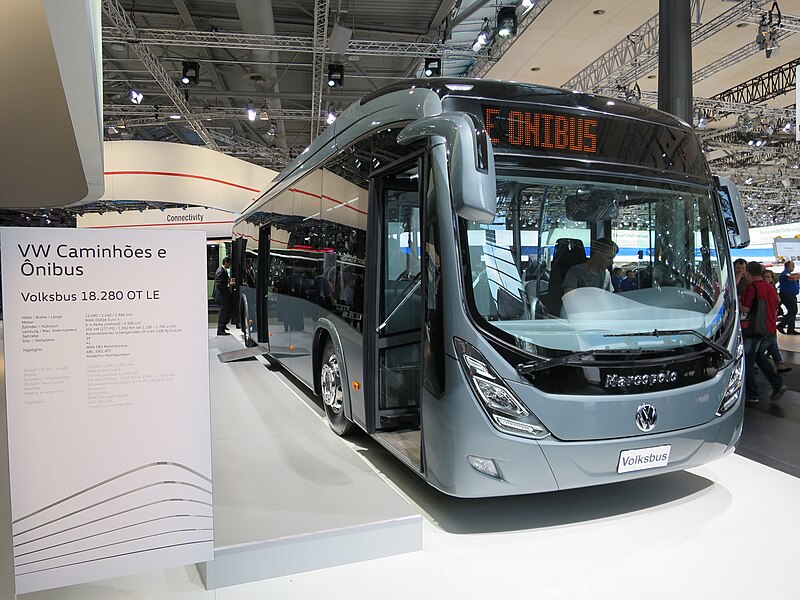As the world increasingly pivots towards sustainable transportation solutions, electric buses have emerged as a popular choice for public transit systems. Their eco-friendly credentials, cost efficiency, and potential to reduce urban congestion make them an attractive option for cities around the globe. However, a common question arises: Are all electric buses automatic?
Understanding Electric Bus Types
To answer this question, it’s important to first clarify what we mean by “electric buses.” Electric buses typically fall into two categories: battery electric buses and fuel cell electric buses. Both types are designed to run on electricity rather than fossil fuels, but they use different methods to generate and store that energy.
Most electric buses are equipped with automatic transmission systems, similar to their diesel counterparts. This automation means that drivers do not have to manually shift gears, which simplifies the driving process and enhances safety especially with regards to bus schedule for bus services. Automatic systems allow for smoother acceleration and deceleration, making the ride more comfortable for passengers.
The Case for Manual Transmission in Electric Buses
While the vast majority of electric buses feature automatic transmission, there are exceptions. A small number of electric buses are designed with manual transmission systems. These buses are often used in specialized applications where driver control over power delivery is crucial. For instance, buses operating in steep terrains may benefit from the driver’s ability to manually shift gears to manage power more effectively and ensure optimal traction.
Moreover, some niche markets may still prefer manual transmission due to factors such as driver preference, cost savings, or specific operational needs. However, these instances are rare, and most electric bus manufacturers have opted for automatic systems.
Advantages of Automatic Electric Buses
The choice for automatic transmission in electric buses is not merely a matter of convenience; it comes with several benefits:
Ease of Operation: Automatic buses allow drivers to focus more on the road and passengers rather than the complexities of gear shifting. This reduces the learning curve for new drivers and enhances overall safety.
Energy Efficiency: Automatic systems can optimize power usage based on real-time conditions, such as traffic and terrain, which can lead to improved energy efficiency compared to manual systems.
Maintenance: Electric buses typically require less maintenance than their diesel counterparts, and automatic systems further reduce the wear and tear associated with manual shifting mechanisms.
Passenger Comfort: Smooth gear transitions contribute to a more pleasant riding experience, minimizing jolts and vibrations that can occur with manual transmissions.
Summary
While the vast majority of electric buses are indeed automatic, a small number of specialized applications may utilize manual transmission. For the most part, electric bus manufacturers have embraced automatic systems to enhance operational efficiency along bus schedule for bus lines , driver comfort, and passenger experience. As cities continue to invest in electric bus fleets to support sustainable urban transportation, automatic transmissions will likely remain the standard choice, simplifying the driving process and contributing to cleaner, greener public transit solutions.
